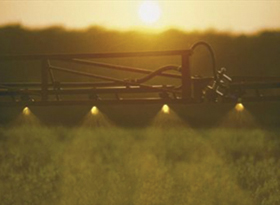Interseeding Cover Crops in the Northern US
In recent years, growers and agronomists in Canadian Province of Quebec have been creating a “game changer” in agriculture, with the addition of cover crops, according to Dan Towery. In northern latitudes, with shorter growing seasons, cover crops haven’t been practical because of the small window of growing time after harvest in which cover crops could establish before winter.
By planting annual ryegrass into knee-high corn in the late spring, however, cover crops can now get established before the corn’s growth shades the cover crop. The ryegrass lies near dormant all summer, thus not competing for moisture. After harvest, the cover crop then resumes growth until cold weather and snow send it back into dormancy. Then, in the spring, the annual ryegrass is killed before the field is again planted in corn or beans.
The results are touted in an article published in Corn Guide earlier this year.
This spring, Towery is working with a number of growers in a variety of locations in the upper Midwest to see if the same technique will work. Planting a couple of acres at each location will yield some important data – about whether the annual ryegrass can survive throughout the summer in the upper Midwest, where temperatures are hotter and often with less rainfall than in southern Canada. Crop yield differences will also be noted, to see if ryegrass pulls too much moisture from the soil and thus reduces corn yield.

